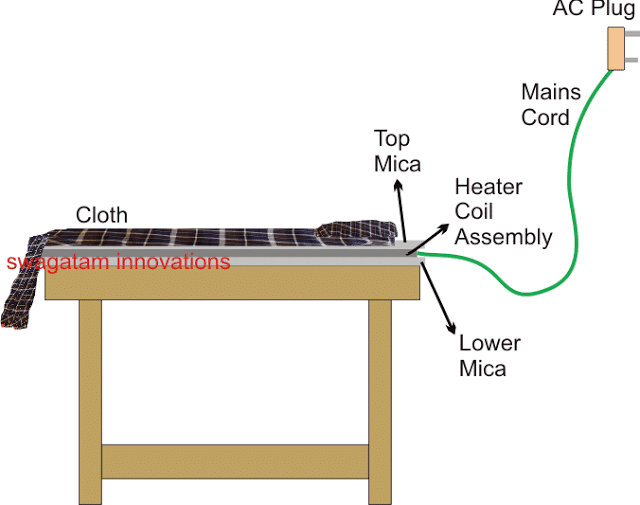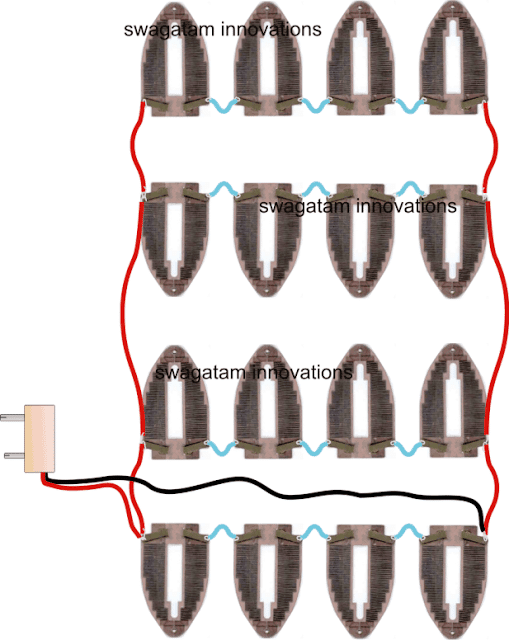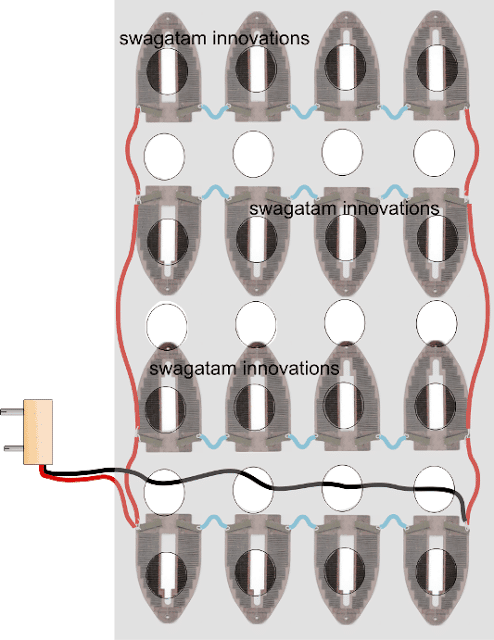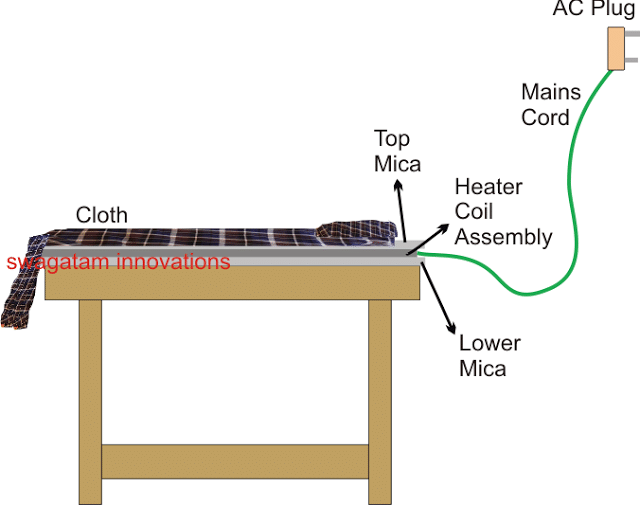In this post I have explained a simple homemade electric cloth dryer circuit using iron heater coil assembly which can be used for drying clothes at home during rainy season or overcast conditions. The idea was requested by Mr. Nelson.
Circuit Objectives and Requirements
- I have read through some of the topics explained at your website and highly impressed with your in depth knowledge in this area and your willingness to share it with the world.
- I feel you are the exact person to approach for advice/help as I have been having an idea to develop something that can dry cloths during rainy season.
- It is an equipment which will have heating coils similar to a room heater and dry cloths by blowing hot air (Electrically powered).
- Kindly advice how to get a drawing created as I would like make a prototype and study the market to see if I can start selling it.
The Design
A cloth dryer using home electricity can be costly as it would consume a heck lot of electricity and reflect the same in our utility bills.
Therefore the main issue that needs to be observed is the efficiency level of the system through which the most economical output may be achieved.
Using a fan blower and heater coil for drying clothes could make the design highly inefficient since applying breeze would tend to force the heater coil to cool causing higher amount of electricity consumption, therefore this idea could result in an inefficient and a costlier design.
The idea should be to heat the clothes by keeping them at a very close proximity with the heating coil and making sure that the clothes do not directly come in contact with the clothes, an example set up may be seen below:
Circuit Diagram

Here we see a flat platform which has series of heating coil spread across the whole area of the table.
Instead of hanging the clothes, these are spread flat over this table or platform for initiating the drying process.
For the heating coils, we simply use 4 nos of iron coils in series each rated at 1000 watts, and we further add 4 such series assemblies in parallel to make an overall 1000 watt rated series/ parallel heater coil configuration, as shown below:
Wiring the Heater Coils

For making a homemade cloth dryer circuit, we can install the above shown heater coil assembly over a wooden table having a mica sheet covered on its surface. The Mica sheet should be thick enough and cover the entire area of the coil assembly so that the coils remain perfectly isolated from the wooden table.
On top of this coil we place another similar mica sheet. But here we make sure that the sheet is punched with holes so that heat is able to dissipate from these holes and enforce the drying process for the clothes which are supposed to be laid down on top of this mica sheet.
Preferably these holes must be smaller in diameter but larger in quantity to ensure proper isolation of the cloth from the heater coil yet maximum exposure to the emanating heat from the coil assembly.
The arrangement may be examined with the following figure:
Using Mica for Insulation and Heat

Using a Blower Fan for Drying Clothes
If you find the above idea inappropriate, and consider the air blower concept as the better option, the same may be implemented by simply hanging the above coil assembly in front of a table fan or fan with a stand, such that the hot air was thrown on the clothes hung on the other side of the coil.
Any other form of heating coil could be tried instead of the above.
However, according to my assessment, the previous idea without a fan blower looks much efficient in terms of electricity consumption and for initiating a rapid drying process for the clothes.
WARNING: THE ABOVE EXPLAINED CLOTH DRYER CIRCUIT INVOLVES LETHAL HIGH CURRENT MAINS AC, THE CONSTRUCTOR OR THE USER IS ADVISED TO EXERCISE EXTREME CAUTION WHILE HANDLING THE DISCUSSED EQUIPMENT.
